The Ultimate Guide to Buying Basketball for Outdoor Use - Tips & Top Picks

Table of Contents
ToggleWhat to Consider When Buying Basketball for Outdoor Activities
Basketball is a popular sport enjoyed by people of all ages around the world. Playing basketball outdoors can be a thrilling experience, but to make the most of it, you need the right basketball. Outdoor basketballs are designed to withstand the harsh conditions of asphalt and concrete courts, providing durability, grip, and performance. In this comprehensive guide, we will walk you through the key factors to consider when buying basketball for outdoor use, ensuring you make an informed decision.
I. Understanding Outdoor Basketball Construction
1. Outer Cover Material
Rubber: Rubber basketballs are the most common choice for outdoor play due to their durability and affordability. They can handle rough surfaces and weather conditions, making them ideal for outdoor use. However, they may lack the premium feel of other materials.
Composite Leather: Composite leather basketballs offer a softer feel and better grip compared to rubber. They are a popular choice for outdoor use, providing a balance between performance and price.
Genuine Leather: While genuine leather basketballs offer exceptional performance and feel, they are not suitable for outdoor use. They are expensive and can be easily damaged by outdoor elements.
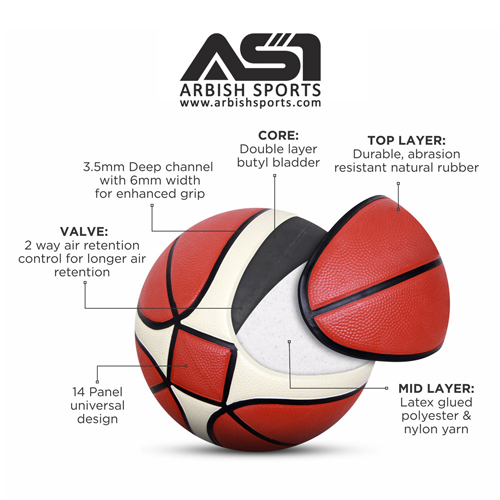
2. Ball Size and Weight
Official Size 7: The standard size for men’s professional basketball, with a circumference of 29.5 inches and a weight of approximately 22 ounces.
Intermediate Size 6: Slightly smaller and lighter than the official size, suitable for women and older youth players.
Youth Size 5: The smallest size, perfect for younger children.
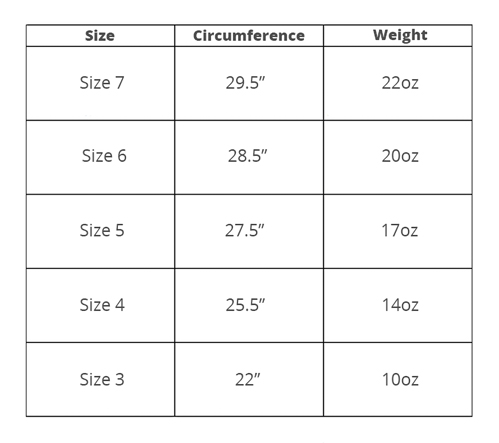
II. Factors to Consider Before Buying Basketball
1. Surface Type
Concrete: If you mainly play on concrete courts, choose a basketball with excellent abrasion resistance to endure the harsh surface.
Asphalt: Like concrete, asphalt can be tough on basketballs. Look for a ball with reinforced materials for increased longevity.
Grass/Turf: For occasional play on grass or turf, a standard outdoor basketball will suffice.
2. Grip and Feel
Pebbling and Texture: A good outdoor basketball should have deep channels and pebbling on its surface for a secure grip.
Grip Technology: Some basketballs feature special grip-enhancing technologies for better control and handling.
3. Durability
Stitching: Check the quality of the stitching; reinforced seams prevent the basketball from wearing out quickly.
Cover Material: Rubber and composite leather basketballs are more durable than genuine leather basketballs.
4. Weather Resistance
Waterproofing: Look for outdoor basketballs with a waterproof outer cover to prevent water absorption and damage during rainy or wet conditions.
Sun Protection: UV-resistant materials can prevent the basketball from fading or cracking under the sun’s exposure.
III. Top Picks for Outdoor Basketball
1. Wilson Evolution Outdoor Basketball
Official Size 7
Microfiber composite leather cover
Superior grip and feel
Durable construction for outdoor play
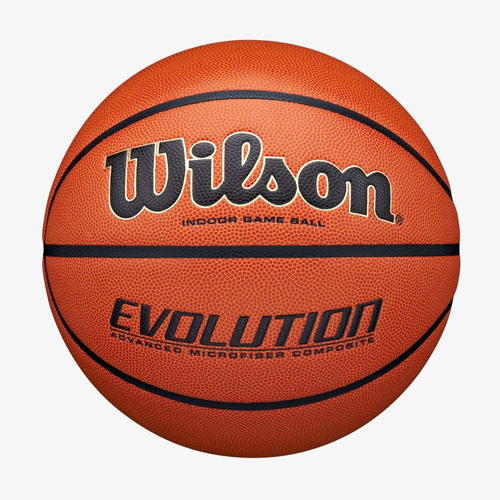
2. Spalding NBA Street Basketball
Official Size 7
Durable rubber cover
Affordable option for outdoor games
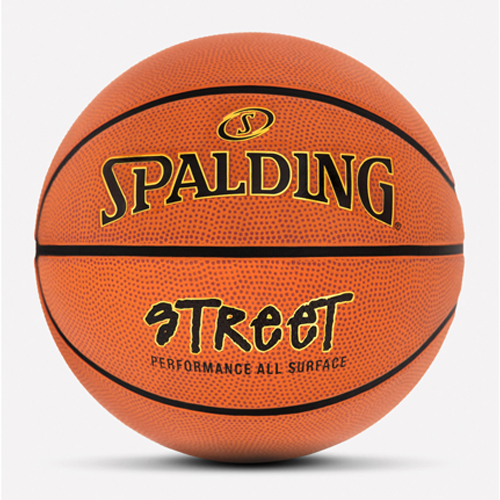
3. Nike Dominate Basketball
Official Size 7
Soft-touch rubber cover
Enhanced pebbling for excellent grip
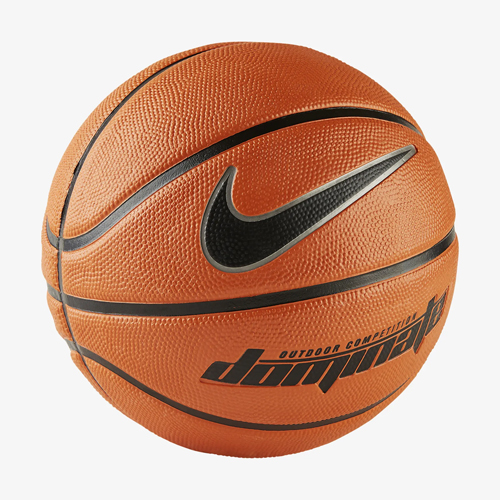
4. Molten GM7X Basketball
Official Size 7
Premium composite leather cover
FIBA-approved for professional play

5. Premium ASI-BB-101 Basketball
Official Size 7
14 Panel Molded Construction.
Natural Rubber Top Layer.
Latex bonded Yarn Winding Mid-layer.
Butyl Bladder Core.
Ideal for Indoor & Outdoor.
Match ball.

IV. Tips for Basketball Maintenance
Proper Inflation: Maintain the recommended air pressure for the basketball to ensure optimal performance and bounce.
Regular Cleaning: Wipe the basketball with a damp cloth after each game to remove dirt and debris.
Storage: Store the basketball indoors, away from direct sunlight and extreme temperatures.
Avoid Waterlogging: Prevent the basketball from getting soaked in water, as it can damage the materials and affect performance.
V. Frequently Asked Questions (FAQs)
Can I use an indoor basketball for outdoor play?
How long does outdoor basketball typically last?
What is the best way to break into a new outdoor basketball?
VI. Choosing the Right Outdoor Basketball for Optimal Performance
Selecting the right basketball for outdoor use is essential for enhancing your game. Consider factors like construction, grip, durability, and weather resistance before making your purchase. A high-quality basketball, paired with proper maintenance, ensures countless hours of fun and competitive play on outdoor courts.
ASI Soccer: Delivering Top-Quality Basketballs Since 2006
ASI Soccer, based in Sialkot, Pakistan, has been producing high-quality basketballs for buyers worldwide since 2006. Whether you’re a beginner or a seasoned player, ASI Soccer’s well-crafted basketballs are designed to elevate your outdoor basketball experience.
- Facebook
- Twitter
- Linkedin
- Whatsapp





